Typical are two statues of Bodhisattva Puxian and a statue of Guan Yu in a sitting position, said to have been brought from Bac Ha to Tay Son by Grand Tutor Vo Van Dung, and a replica of the Duc Ong statue from Boc Pagoda (Kim Lien Ward, Hanoi City), carved in the shape of a tall, life-like statue sitting majestically on a vermilion pedestal.
Traces of Bac Ha on the land of Vo
According to researchers, in 1786, Grand Tutor Vo Van Dung followed Nguyen Hue to march to the North to destroy Lord Trinh. He invited three wooden statues from Bac Ha to worship at Phuoc Son Pagoda, including: Amitabha Buddha statue, Samantabhadra Bodhisattva statue and Guan Yu statue.
Phuoc Son Pagoda was built by the Vo family in Tay Son around the beginning of the 18th century in Phu My village, Binh Phu commune, Tay Son district before, and then moved to its current location in Phu My village (Tay Son commune, Gia Lai province). Currently, the two statues of Bodhisattva Pho Hien and Quan Cong are kept and displayed at Quang Trung Museum, while the statue of Buddha Amitabha is worshiped at Phuoc Son Pagoda.
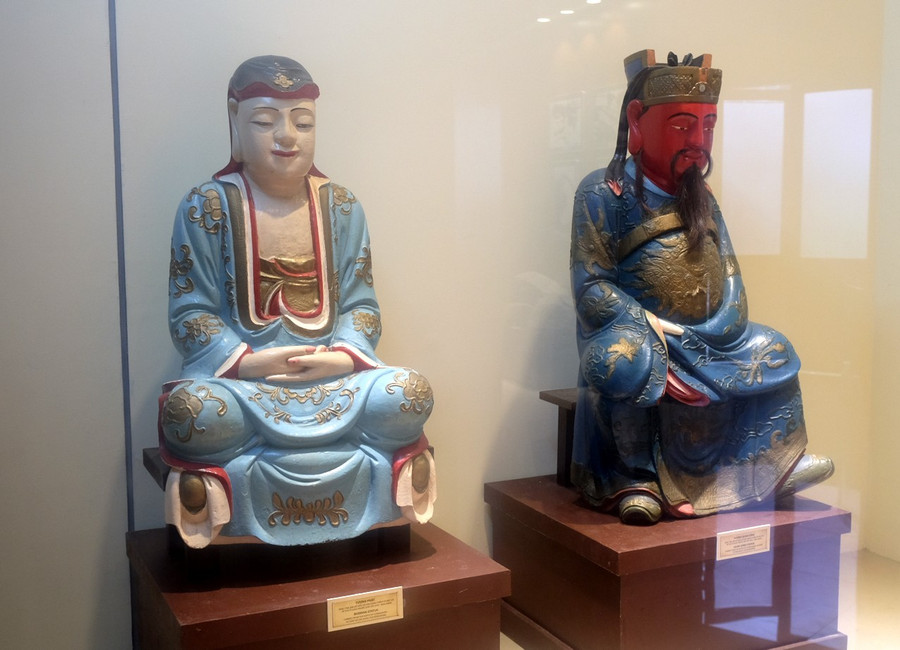
The statue of Bodhisattva Samantabhadra impresses with its meditative posture, hands clasped in front of the chest, eyes half-closed, and peaceful demeanor. The light blue coat with gold glitter motifs, the face and limbs covered in pink, all exude a graceful, gentle look.
Completely different from the familiar appearance of traditional Guan Yu statues and paintings, the Guan Yu statue here is carved in a very unique style, sitting on a chair, legs hanging down naturally, head wearing a hat. The statue's face is painted red, the beard is not long, the eyes are bright and resolute, the posture is majestic; two hands rest on the thighs around the front of the abdomen, hidden in the sleeves, only revealing the thumb of the right hand outside. The dark green outfit makes the statue more powerful. This is a rare shape in traditional sculpture, showing the creativity of ancient artisans.
According to researcher Nguyen Thanh Quang, over the past two centuries, all three statues have been repainted in many layers, losing their original colors and the thick paint layer covers some of the original details. However, the statues' posture and demeanor still retain their original majesty and antiquity. Bringing the two statues of Bodhisattva Samantabhadra and Guan Yu to the Quang Trung Museum for preservation and display not only helps to preserve them better but also creates conditions for the public to admire and study the historical, cultural and artistic values associated with the Tay Son peasant movement.
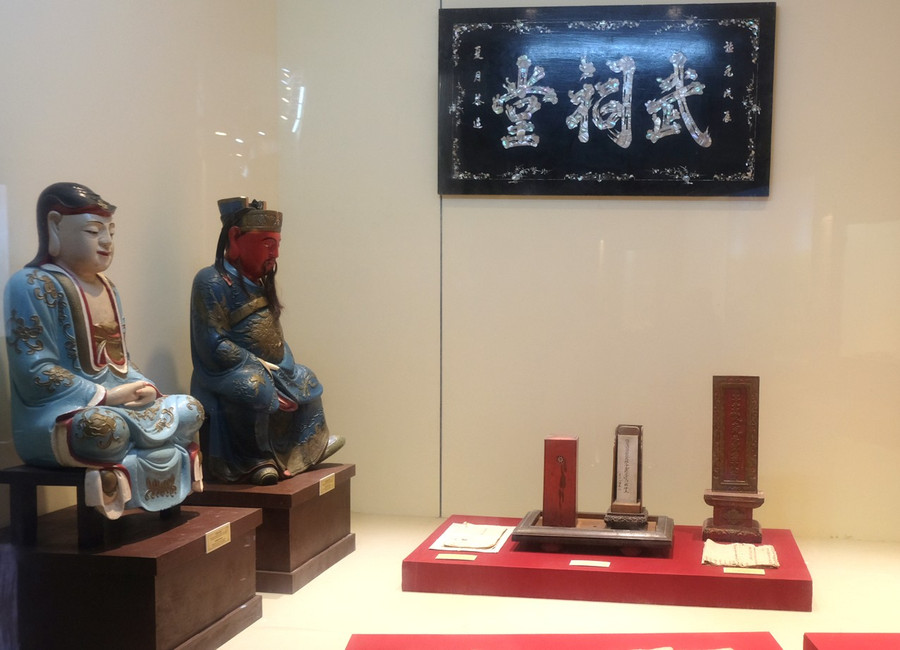
Amazing statue of Duc Ong
Equally attractive is the replica of the Duc Ong statues that are also on display at the Quang Trung Museum. The originals of these three statues are being worshipped at Boc Pagoda (Kim Lien Ward, Hanoi), which once marked the victory of King Quang Trung in the Ngoc Hoi - Dong Da battle in the Spring of the year Ky Dau (1789).
The three statues have a special layout: the middle statue is larger, sits one step higher, one leg is carved in a shoe, the other leg is bare, the head is wearing a crown, the body is wearing a yellow robe embroidered with a dragon hidden in the clouds, the waist is tied with a belt studded with gems. Below on both sides are two statues carved in a lively posture, legs sitting cross-legged, two ears tilted to the same side as if listening to the person in the middle speak.
Above the three statues is a horizontal plaque "Majestic and majestic"; on both sides of the altar are parallel sentences: "In the cave, dust is clean, the vast mountains and rivers flow with good fortune/ In the midst of light, Buddha becomes a Buddha, the small world moves with wind and clouds".
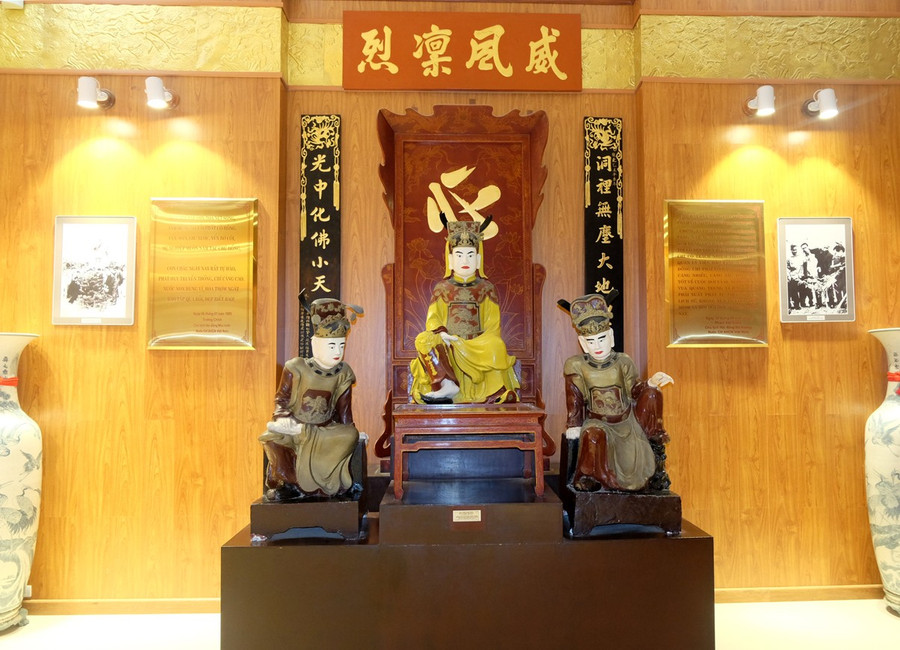
According to researchers, the parallel sentence with the words "Quang Trung Hoa Phat" has a hidden meaning about King Quang Trung. In 1962, people restoring Boc Pagoda discovered on the wooden pedestal behind the main statue the words "Binh Ngo tao Quang Trung tuong" (meaning the year Binh Ngo carved the statue of King Quang Trung). This is important evidence to explain the origin of the statue.
Researchers believe that Nguyen Kien - a general who once commanded the Tay Son Elephant Corps, after retiring to practice at Boc Pagoda, had a statue of King Quang Trung and the civil and military mandarins of the Tay Son Dynasty carved to be worshiped anonymously under the name of Duc Ong statue, to avoid suspicion from the Nguyen Dynasty.
The three statues of Duc Ong depict King Quang Trung sitting in the middle, the other two statues are of civil mandarin Ngo Thi Nham on the left, and military mandarin Ngo Van So on the right. All three statues show the king discussing matters with his close ministers very openly, without any distinction between the king and his subjects, all working towards the great cause of the country and the people.
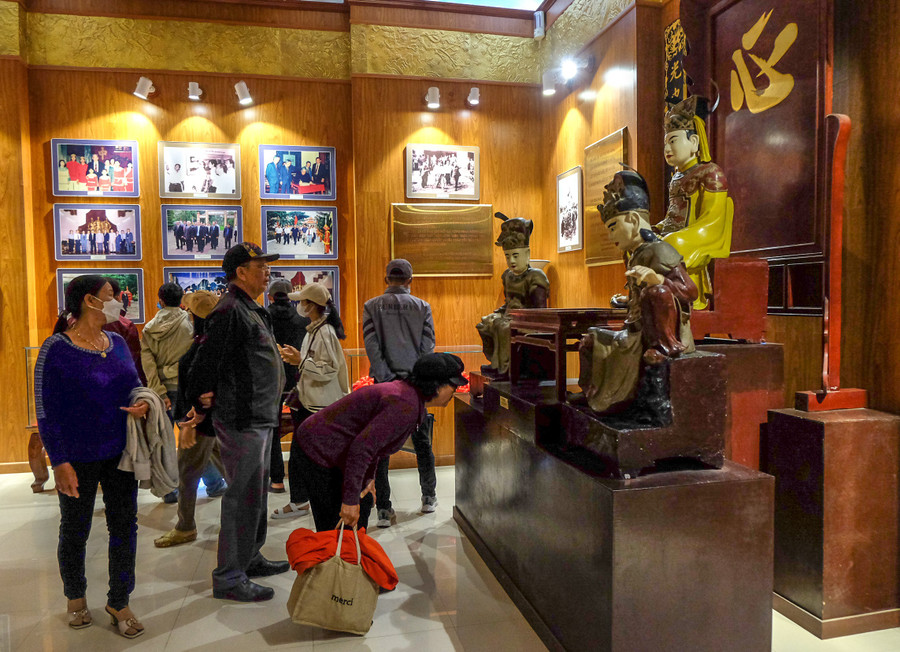
According to the doctrine of Zen Buddhism with the thought of "Buddha in the heart", in conjunction with the thought of "Buddha in the heart", we can see that when the king sits on the throne, he must have a righteous heart and strong morality to win the hearts of the people. From there, he can manage the family, govern the country, and pacify the world, demonstrating the spirit of governing with morality as the root, "the country takes the people as the root" of our country from ancient times to the present.
Source: https://baogialai.com.vn/doc-dao-nhung-pho-tuong-tai-bao-tang-quang-trung-post568104.html


![[Photo] Binh Trieu 1 Bridge has been completed, raised by 1.1m, and will open to traffic at the end of November.](https://vphoto.vietnam.vn/thumb/1200x675/vietnam/resource/IMAGE/2025/10/2/a6549e2a3b5848a1ba76a1ded6141fae)





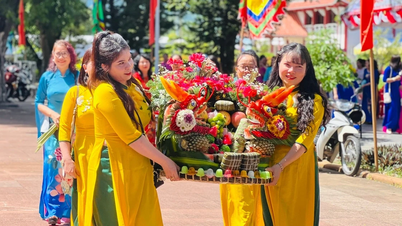

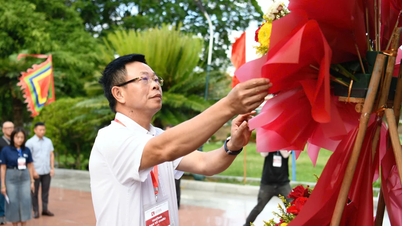

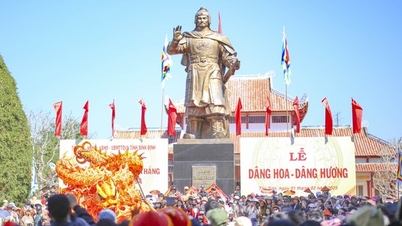
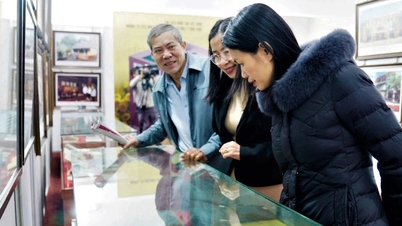





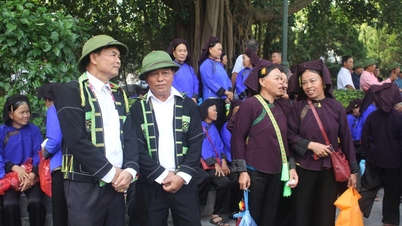

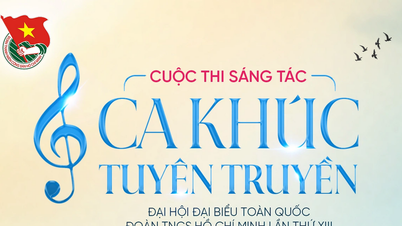



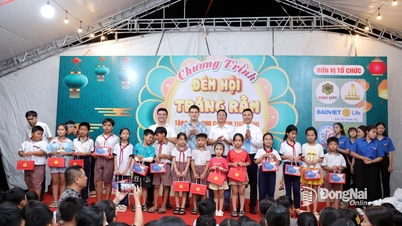

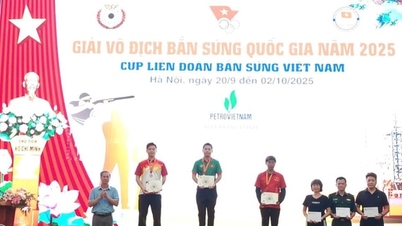





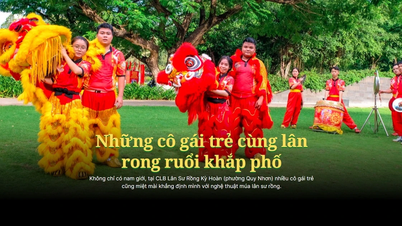
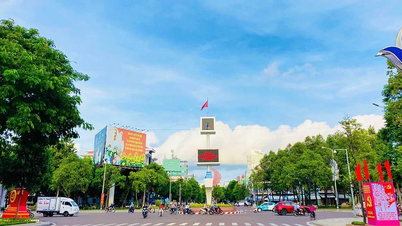
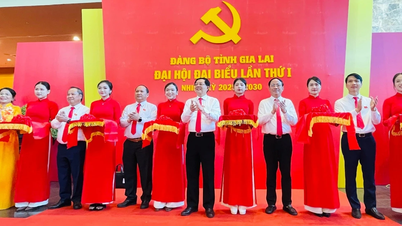
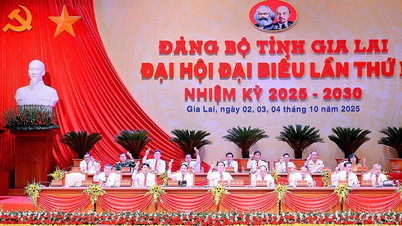
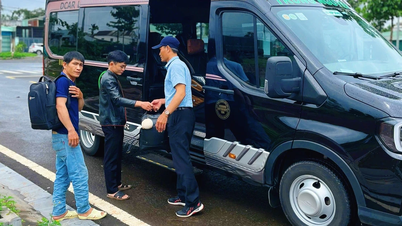
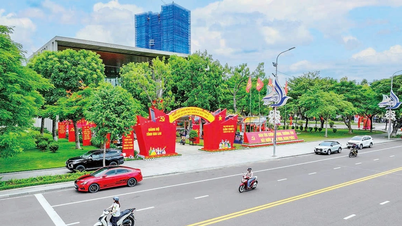


























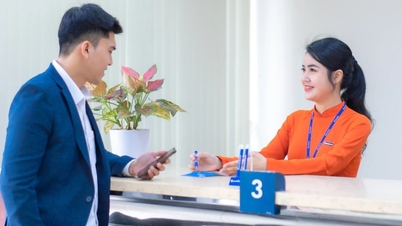
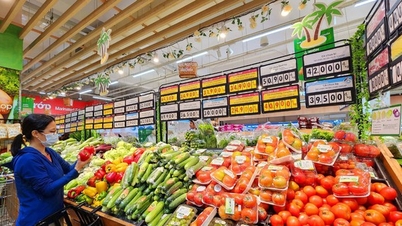



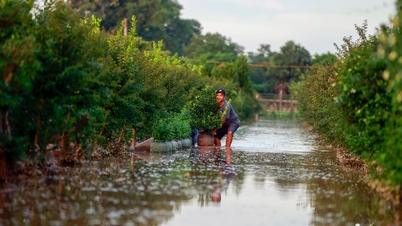
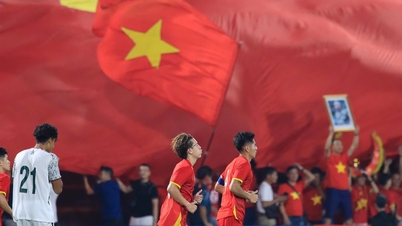
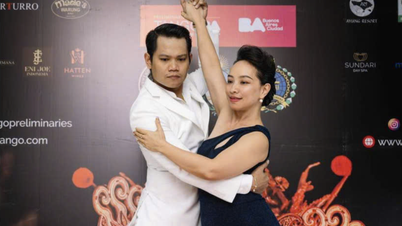




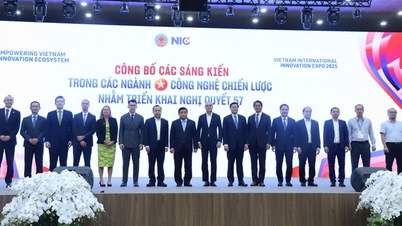


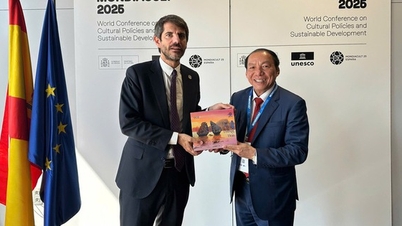
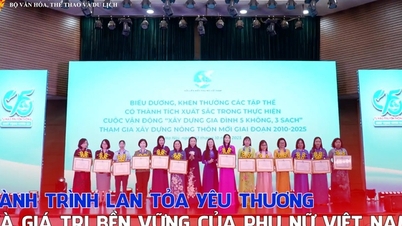

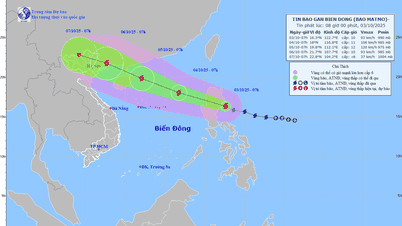



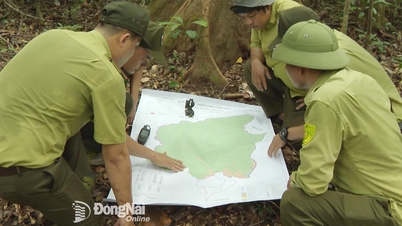
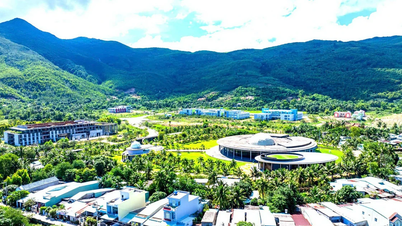
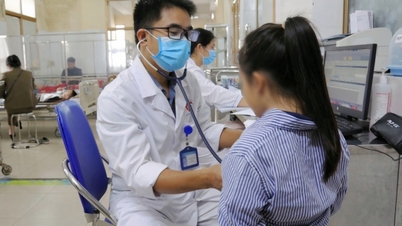














Comment (0)